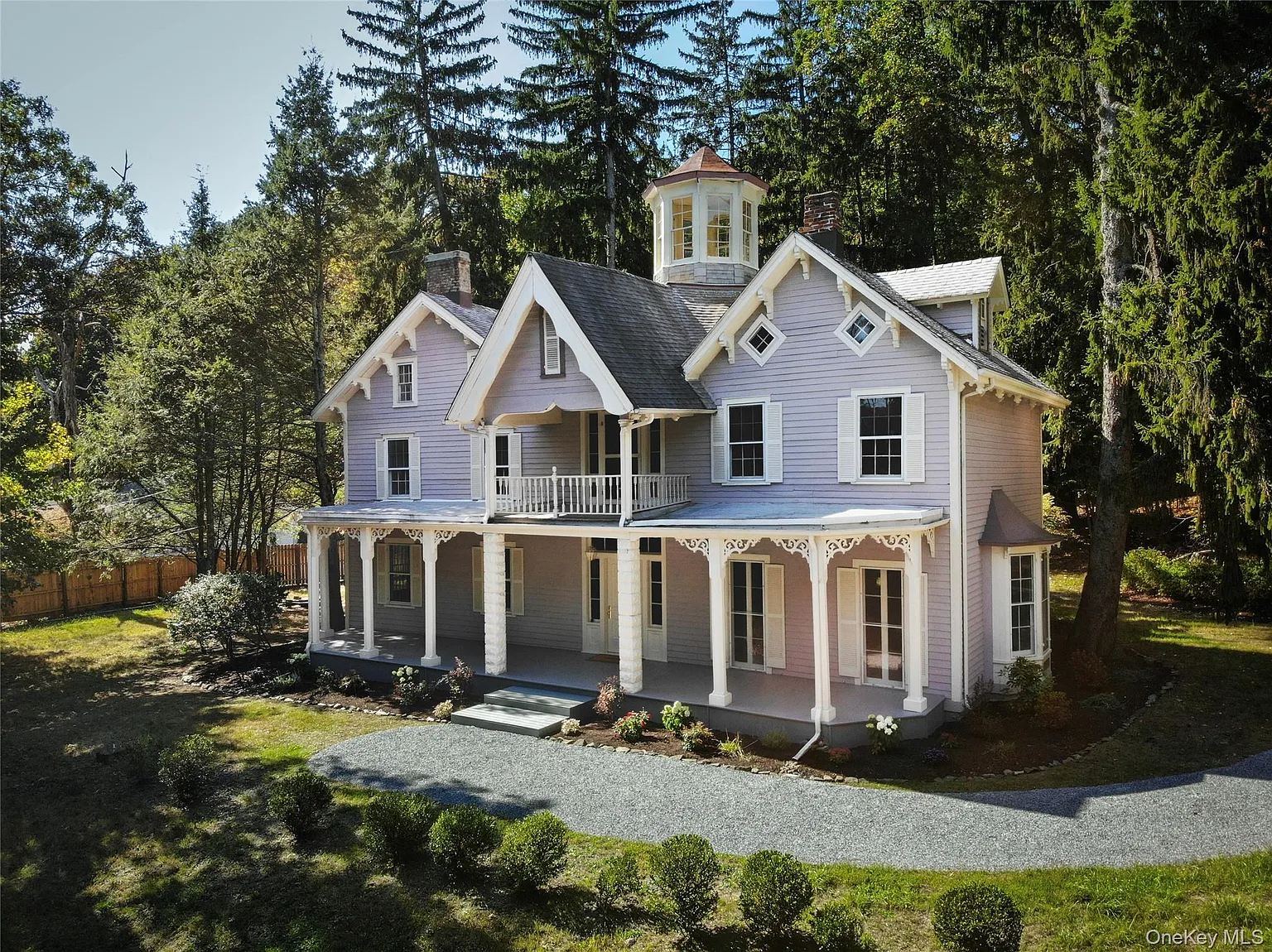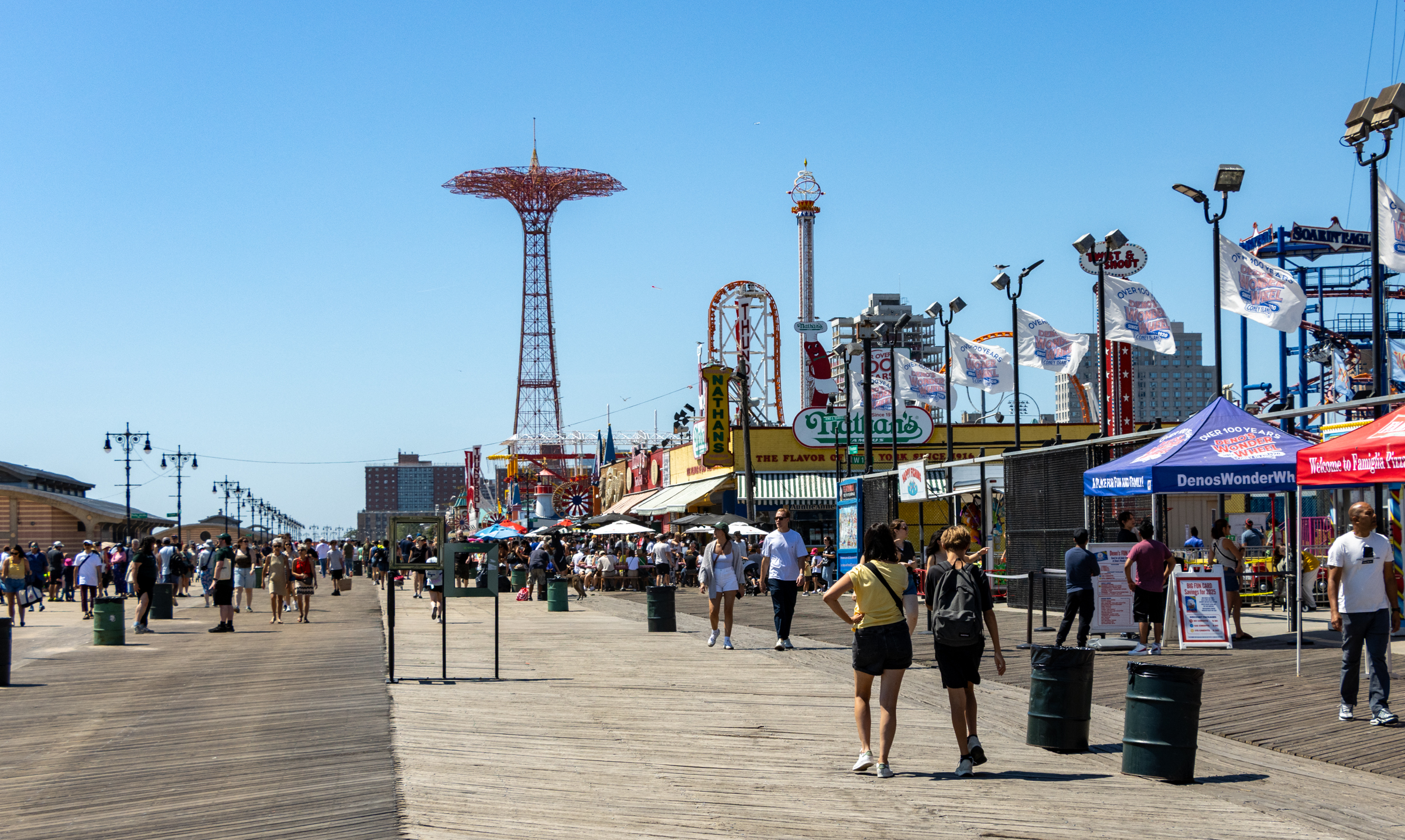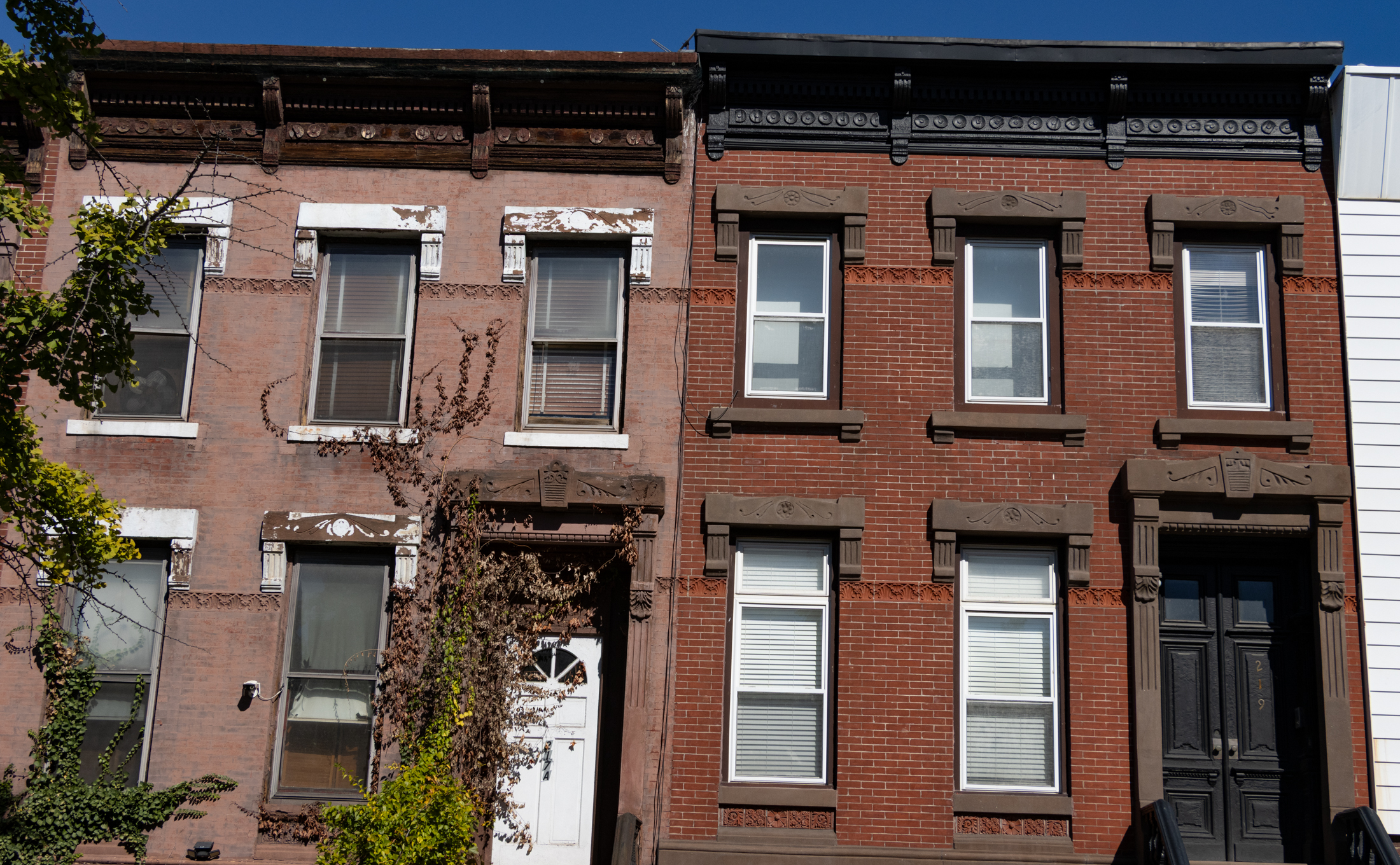Flatbush Rezoning in the Works
Flatbush Gardener attended last week’s preliminary public hearing on the city’s plan to rezone a large section of Flatbush. City Planning is undertaking the rezoning, in the main, to preserve the low-rise housing stock that defines a great deal of the neighborhood, particularly in the non-landmarked, Victorian sub-nabes. The city’s current study area for the…


Flatbush Gardener attended last week’s preliminary public hearing on the city’s plan to rezone a large section of Flatbush. City Planning is undertaking the rezoning, in the main, to preserve the low-rise housing stock that defines a great deal of the neighborhood, particularly in the non-landmarked, Victorian sub-nabes. The city’s current study area for the rezoning is, as shown in the map above, humongous, stretching from below the Parade Grounds to Brooklyn College, and bounded on the west by Coney Island Avenue and to the east by Bedford Avenue, Foster Avenue, and 32nd Street. While it’s unclear how much of this area the rezoning will actually end up affecting, Flatbush Gardener notes that City Planning seems particularly keen on waving an R4 wand over some unprotected Victorian Flatbush areas. The existing zoning in the study area is a big hodge-podge, including a few sections that allow for the construction of mid-rise buildings; the rezoning is likely to allow for taller buildings on the main commercial drags. The most controversial aspect of the pre-proposal, according to Flatbush Gardener, has to do with the zoning (R4A) the city is looking to push through in Ditmas Park West and South Midwood, which would allow for 50 percent bigger buildings in those areas than current zoning: “It’s this large increase in FAR that raises concerns for residents in these two neighborhoods, who are concerned it will open the door for expansion and enlargement of existing homes, or new development, out-of-scale with the existing homes.”
Flatbush Rezoning Will Define Future of Victorian Flatbush [Flatbush Gardener]
Flatbush Rezoning Push Not Sitting Well With Some Locals [Brownstoner]
Photos and map from Flatbush Gardener.





Smith Street in Brooklyn went from having a bunch of social clubs and religious what not stores, to having a ton of restaurant, bars, and shops, and it didn’t require knocking down the historic buildings in that area.
You don’t have to put up out of scale/context ugly shoddy constructed buildings filled with cubby holes to pack in the most people possible, to get amenities in a neighborhood.
The wood frame houses have been around for 100 years and are solid enough to be around for a lot longer. The crap new construction that goes up is not any where up to par with the existing apartment buildings on the more commercial streets in the area.
Neighborhoods without amenities will never ever get those amenities without SOME higher density new buildings.
Some historical, residential streets should be downzoned. But not huge commercial arteries like Flatbush. That’s retarded.
polemicist,
this is 11:15,
i DO happen to live in one of the denser co-op buildings on ocean ave, and it is indeed very very crowded on those blocks. (as i said, different PARTS of this area are extremely dense) i dont know what part of suburban jersey you mention comes close to resembling the urban activity of church ave.
yes, there may be pockets here and there for mid-rises, but to propose further density out of scale w. the current context would be irresponsible and unsustainable. its not a NIMBY issue, its about respecting the character and livability of the already WELL-established neighborhoods in the area.*ditto to 12:05 about maintaining the integrity of the historical components. definitely dont want the area plagued w. atrocious McCondo Towers
walk around and you will see its not in fact entirely the jersey burb you claim.
Did you go on the Victorian Flatbush Open House tour?
Have you been on walking tour of the neighborhood with a Brooklyn historian.
These houses are not just old, they ARE historic.
The level of detail both in side and out is amazing.
And coupled with the blocks and blocks of intact houses and 100 year old trees,
It makes that area somewhere to be treasured, not ripped down.
Why the heck are you trolling around a bog that focuses on Historic houses in Brooklyn,
If you want all the houses torn down. If you can post stuff like “go to Jersey or Update”
Then I can post go find another bog that is not about historic houses.
Old does not equal historic. The houses in Flatbush would be considered nothing special in most of the northeastern or midwestern U.S., where they were built by the hundreds or thousands in city after city. They’re only rare in NYC because in other neighborhoods, as land values rose it made sense to replace low-density houses with more intensive development, to put the land to higher and better use, which made economic sense then, and makes environmental sense now.
Check you history Flatbushwhacker, the whole point of the area was as a Mecca of Victorian suburbia:
http://home.att.net/~ebasics/flatbush.html
At the end of the nineteenth century, Flatbush was still a sleepy village deeply rooted in its Dutch colonial past. Less than a decade later, thousands of massive, wood frame, single family homes dotted the landscape, transforming what had previously been farmland into a self-proclaimed “Mecca” of Victorian suburbia – New York’s very own version of Boston’s prestigious Brookline.*
“Modern Flatbush, with its beautiful streets, handsome homes and impressive buildings, is to-day generally regarded as the most attractive and desirable place for residence in the great City of New York,” remarked Edmund D. Fisher, in his introduction to the 1908 publication, The Realm of Light and Air: the Flatbush of To-Day.
Bssssssssttttt! Wrong, thanks for playing though.
The whole area of Victorian Flatbush was specifically developed as a suburban area with large detached or semi-detached houses and big front and back lawns. They were built in proximity to the trolleys (later the below grade subway lines) as a convince so the home owners could commute into the more urban parts of the city.
If you bother to walk around the more commercial area of the district, and the streets on the borders of the various sections, you will see plenty of large apartment buildings. The area does have density, where it is appropriate, and has the large house on the blocks that were laid out to have the houses, lawns and trees.
Proximity to a subway should not condemn historic building to be recklessly ripped down to put up shoddy new construction brick nastiest that pass for apartment buildings. Find an already vacant lot, or a non historic building and put up something new there, but don’t tear down history that can never be replaced.
Polemicist — you want middle class taxpayers in your city? A few trees? A variety of neighborhoods?
The “tremendous need” for greater density all over the city is the need for developers to make a buck. There is tremendous need for people to have livable neighborhoods, and that doesn’t translate into highrises for all.
And, you clearly haven’t ridden the Q at rush hour.
I have to agree with Polemicist that it doesn’t make sense to have zoning that permits only large, single-family homes when you’re around the corner from the subway.
Back in a more enlightened era, both private and public enterprise built mass transit lines. Now we’re squandering this legacy in the name of NIMBY.
If you want an affordable, non-subsidized house you’ll be in Rockland County or the Poconos, looking at a 75-mile + commute to work, and the huge carbon footprint that goes with it.